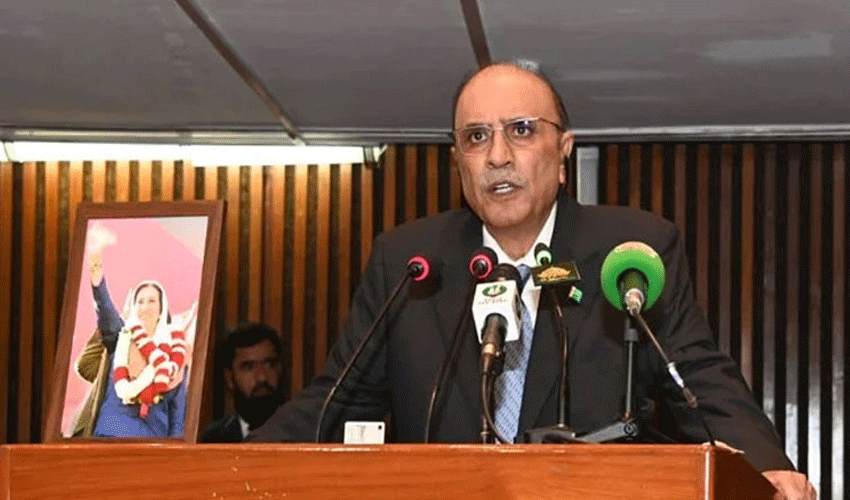In a baffling twist of medical practice, doctors' illegible handwriting continues to mystify patients worldwide.
Many have long speculated that poor handwriting might be an initiation rite into the medical profession, but the reality is far more complex.
For years, patients have been left scratching their heads when handed a doctor's prescription or attempting to decipher medical notes.
The phenomenon of illegible handwriting has stymied even the most educated among us, leaving patients in a state of confusion and frustration.
Excessive note-taking and haste
One of the main culprits behind doctors' indecipherable writing is the sheer volume of notes they are required to take. In the field of medicine, meticulous documentation is essential for accurate diagnosis and treatment.
According to Dr Ruth Brutto of Mercy Medical Center in the United States, the demanding nature of medical practice often forces doctors to write extensively, and this prolonged writing takes a toll on the hand.
"Writing for 10 to 12 hours a day is physically exhausting, and as the day progresses, doctors' handwriting tends to deteriorate due to fatigue in the small muscles of their hands," explains Dr. Brutto.
Moreover, the fast-paced nature of healthcare today plays a role in the poor penmanship conundrum. Doctors frequently find themselves pressed for time, with the average patient consultation lasting just 15 minutes.
In their haste to attend to the needs of multiple patients, doctors opt for quick note-taking rather than focusing on legibility. As a result, patients are often left deciphering cryptic medical terms and scrawled prescriptions.
Tech solutions on the horizon
While the problem persists, some countries have taken steps to address the issue. In many parts of the world, including the United States, doctors have begun transitioning to electronic medical records to eliminate the possibility of handwriting-related errors.
Additionally, technology giant Google has recognized the challenge and is working on a solution. In December 2022, the company announced plans to integrate a new feature into Google Lens that will decipher doctors' difficult handwriting. Although further details have not been disclosed, this development promises to bring much-needed relief to patients struggling to make sense of their doctors' notes.
In a world where medical records are increasingly digitized, the days of deciphering cryptic prescriptions may be numbered. As technology continues to advance, patients can look forward to a future where their healthcare information is more accessible and comprehensible than ever before.



























